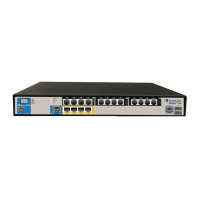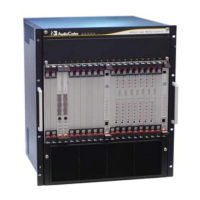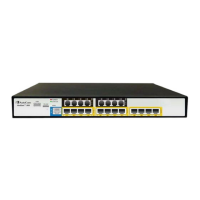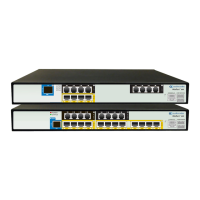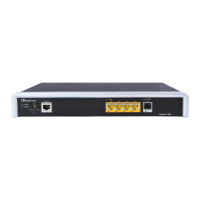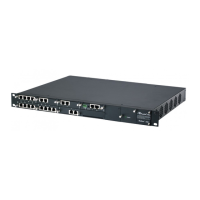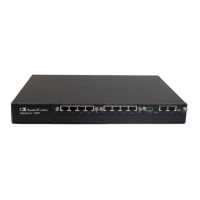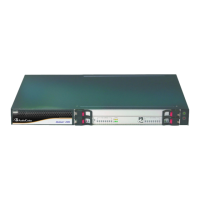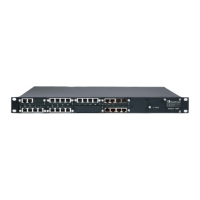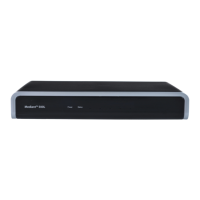Installation Manual 14 Document #: LTRT-28087
Mediant CCE Appliances
External certificate, use one of the two options:
• One external certificate from a public Certification Authority (CA) which must have
an exportable private key according to MSFT requirements [see Reference 1
above].
• Using the CCE Install Wizard for creating a CSR, in this case need a certificate
without a private key.
For Troubleshooting certificates issues, refer to the Microsoft Troubleshooting issue
at: https://technet.microsoft.com/en-us/library/mt740658.aspx
.
The Enterprise firewall has been setup according to MSFT requirements [see
Reference 2 above].
• A correct firewall configuration. See https://technet.microsoft.com/en-
us/library/mt605227.aspx for more information
• The BIOS has been set correctly setup according to Appendix A for optimal
performance.
Note: Microsoft's Cloud Connector Edition update is triggered by Microsoft Office 365:
• The CCE platform is disabled until the CCE updates have completed.
• The CCE update may also restart the CCE host server.
At the time of the CCE update, the following is expected:
• Call scenario: Skype for Business client > CCE > SBC > SIP trunk, Office 365
will not send INVITE to the CCE.
• Call scenario: SIP Trunk > SBC > CCE > Office 365, CCE Mediation Server may
return 503 Proxy INVITE failed.
4.1.3 Remote Connection
You can connect to the Mediant CCE appliance Host server either vie remote desktop
connection (RDP) or by connecting a keyboard, mouse and a screen. Use the following
default credentials to connect to the Remote Desktop credentials:
User: Administrator
Password: R3m0t3Supp0rt
Host default IP address: 192.168.0.10
4.1.4 Network Interfaces
The AudioCodes CCE Install Wizard creates several virtual switches for the usage of the
CCE Virtual Machines under the following names:
Internet DMZ - connect to corporate network or corporate DMZ
Corporate DMZ - connect to internet or internet DMZ
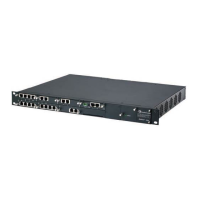
